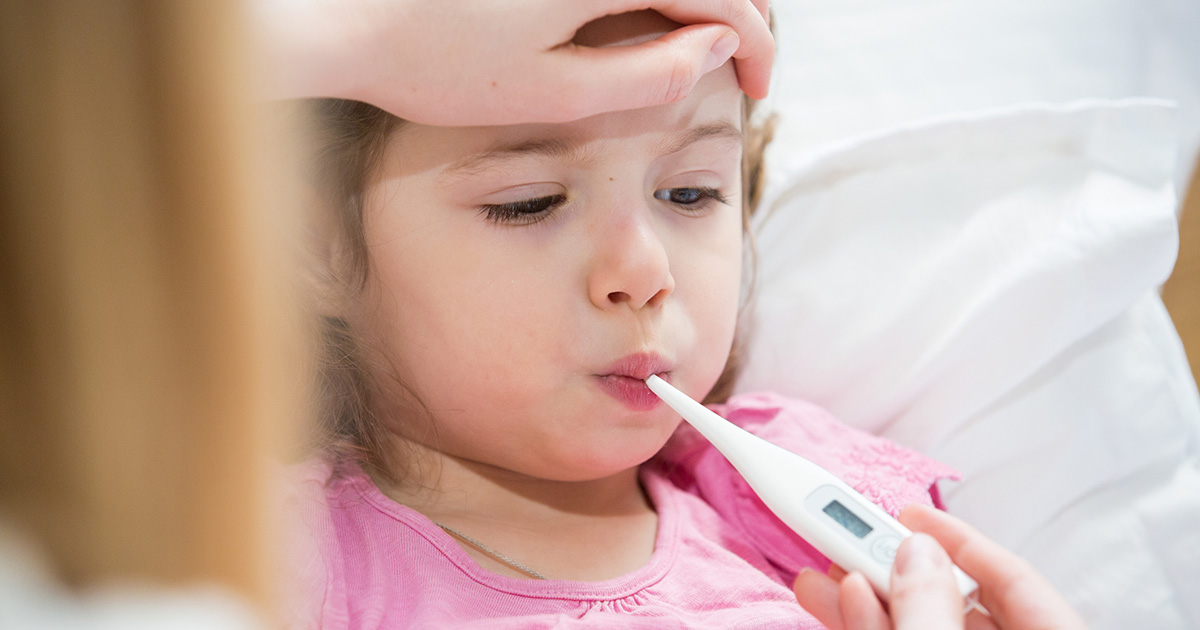What Every Parent Needs To Know About Hand-mouth-foot-disease
Symptoms To Be Aware Of

Early symptoms of HFMD include a fever, a sore throat, painful blisters similar to cold sores that appear on the inside of a child’s mouth or tongue. Children and even adults can experience an intense rash on the palms of their hands and the soles of their feet a couple of days after the first symptoms appear. The rash can further develop into irritating blisters, along with flat spots or sores appearing on the knees, elbows, and buttocks. Children may also experience irritability, especially in infants and toddlers, a loss of appetite, and generally feel unwell. Patients could have all of these common symptoms, or only one or two. Mouth sores can make swallowing difficult, so patients are advised to consume enough water and calories.
Next, find out how doctors diagnose HFMD in children.
Diagnosing HFMD

A patient’s physician will ask them about their child’s symptoms and examine any sores or rashes that appear on the hands, feet, and mouth. A physical examination is usually the standard procedure for diagnosing HFMD, as a doctor can determine if it is the illness by analyzing any visible sores or rashes without further testing. However, a doctor can further confirm the condition by taking a throat swab, stool sample, or a blood sample of the patient to reach an accurate diagnosis and to prescribe the proper treatment procedures.
Keep reading to reveal the variety of treatment options available for patients, specifically children.
